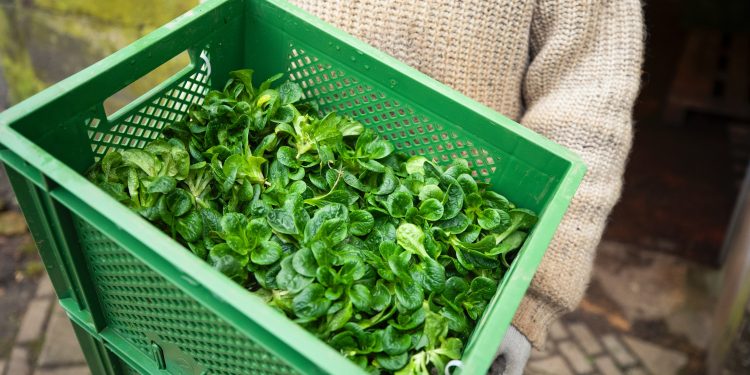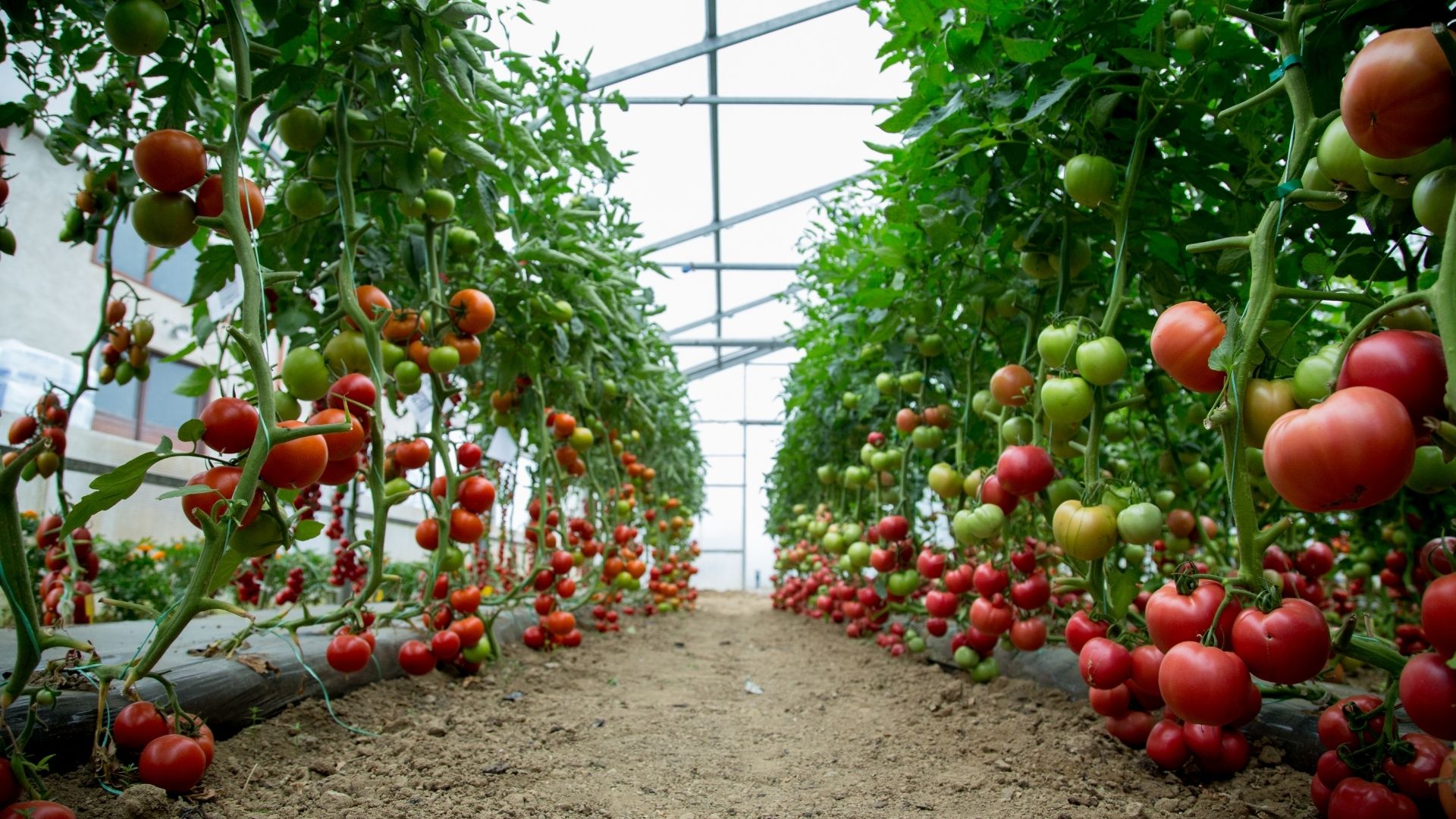A team of scientists in Singapore find that the keratin in hair can contribute to the country’s local vegetable production and food security. Hair and other biowaste have the potential to become sustainable agricultural inputs for hydroponic farming.
Over 90 percent of food consumed in Singapore is imported, according to the Singapore Food Agency (SFA). And with multiple competing land needs, just 1 percent of Singapore’s land is set aside for agriculture, Poh Bee Ling, Director of SFA’s Urban Food Solutions Division, tells Food Tank.
To reduce dependency on other countries and ensure food security, the SFA works to diversify food sources and promote local production. “We are working with our local agri-food industry to achieve our ‘30 by 30’ goal, which is to build our capability and capacity to produce 30 percent of our nutritional needs locally and sustainably by 2030,” Poh says.
At the production end of the supply chain, the SFA provides funding to support local productivity and the adoption of technology. Poh says that with the SFA’s support, farmers can build their capacities to achieve the agency’s vision of a high-tech, innovative, and sustainable agricultural system that efficiently uses Singapore’s limited land resources.
Hydroponic farming can be an important way for Singapore to produce food. “This is important in land-scarce Singapore as vegetable farms using hydroponics could be set up in spaces such as on rooftops or inside buildings,” Poh says. She adds that the approach allows growers to optimize environmental conditions to improve yields, quality, or taste. “This can translate to cost-effective, quality-assured products that can be sustainably grown in the long run.”
But Poh admits to one major drawback to hydroponic farming. Some systems, she explains, use non-recyclable polyurethane cubes to support plants during the growth process. Producers are looking for alternative, sustainable substrates that also do not incur additional input costs. Scientists at Nanyang Technological University (NTU) are working on a solution to address this challenge: keratin sponges.
Dr. Ng Kee Woei, Professor and Associate Chair of Research at the School of Materials Science and Engineering at NTU, realized that many materials currently utilized in hydroponic farming are neither recyclable nor biodegradable. “And to top it off, they are innate materials, meaning they do not supply any nutrients on their own to the plants,” Ng tells Food Tank.
The NTU research team successfully incorporated cellulose from plant waste with keratin extracts to make a sponge that feeds hydroponic plants. Keratin can be derived from a number of biowaste sources, including hair, hooves, feathers, wool, and horns. These materials are valuable as a sustainable, consumable input found within farming systems themselves.
One study from the University of Bonn cites bioresources, including wastes and renewable raw materials, as potential growing media for soilless systems. Grocery waste compost, biochar, and wood fibers are examples of bioresources that have been used successfully as hydroponic growth substrates.
As a bioresource, keratin is completely biodegradable. “And being proteins, as they degrade, they release amino acids which themselves become part of the nutrient supply for plants,” Ng tells Food Tank.
But scaling this solution in Singapore comes with barriers. “The number one challenge is the lack of supply of keratins,” Ng tells Food Tank. “If you want to commercialize this, you’re going to need to have a manufacturer that can provide us a supply of consistent quality and large quantities of keratins.”
Without an industry for keratin, conventional inputs remain much cheaper. “At this point in time, if we compare costs, we will never be able to match up with the existing sponges that farmers use,” Ng says.
“I do believe that if we do the proper cost-benefit analysis, then we can perhaps look into how much savings the farmer can actually benefit from if they use keratin-based sponges,” Ng tells Food Tank. Looking ahead, Ng says there are also opportunities to customize the sponges for various crops or for different environments.
“By adopting technology and smart farming features, we can build the capacity and capability of our agri-food industry to strengthen Singapore’s food security,” Poh tells Food Tank.
Articles like the one you just read are made possible through the generosity of Food Tank members. Can we please count on you to be part of our growing movement? Become a member today by clicking here.
A source: https://foodtank.com













